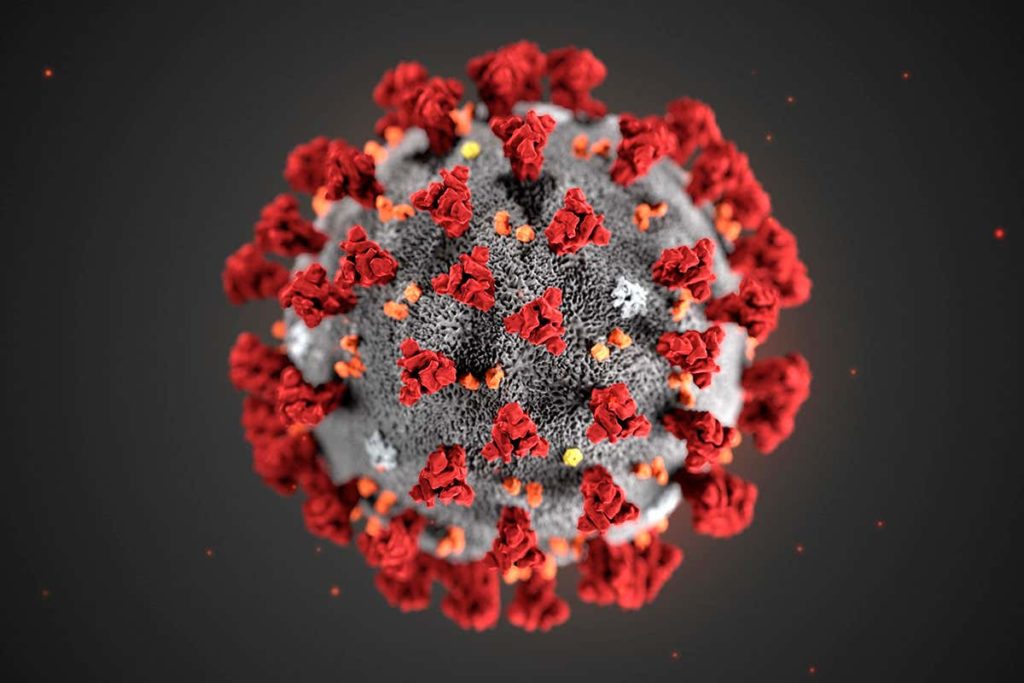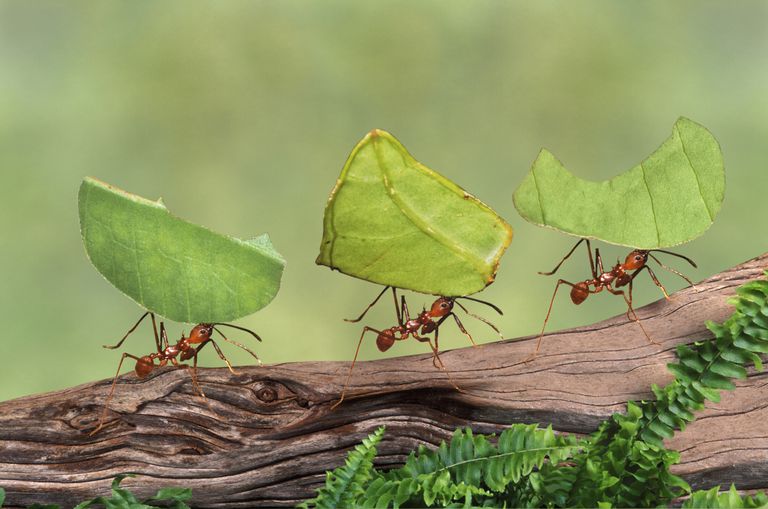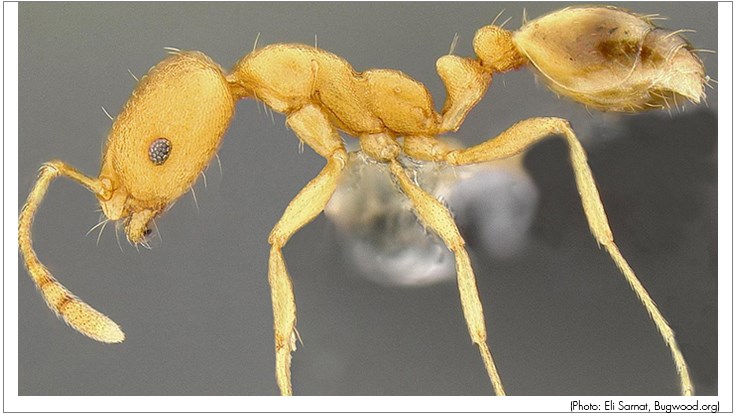QUESTION: When is an essential service........ essential?
ANSWER: when there is a threat to safety and health pest control is an essential service
TVNZ seven sharp ask this very question and here's the story on youtube
So who is an essential worker?
Biggest essential workforces:
According to MBIE data the largest essential workforce is in healthcare and social assistance, with just under 250,000 essential workers.
Of these workers, MBIE predicts that only 150,000 workers will be working in their place of employment, with another 100,000 workers either working from home or unable to work.
The second-biggest essential industry was agriculture, forestry and fishing with 150,000 essential workers.
The third-largest number of essential workers was in manufacturing. Still, under alert level 4, only 70,000 workers would be able to work as usual, out of the 250,000 workers who are usually employed.
Essential workforces by region and ethnicity:
Southland has the largest percentage of essential workers, with more than 27 per cent of its workforce continuing to work in their place of employment under alert level 4.
Auckland, the region where the current cases have been located has the smallest amount of essential workers going to work of any region, with just under 15 per cent.
Wellington has the second-lowest level of essential workers operating from their place of employment at just over 15 per cent.
On a national scale, there are more males than females employed in essential services.
Despite this, more females will work from their workplace under level 4 lock down restrictions, than males.
More than 100,000 essential workers who work from their usual place of employment under alert level 4 are Maori or Pasifika
Health services, supermarkets, and pharmacies are three of 14 essential services that are allowed to have customers enter their premises.
Essential services allowed to have customers on the premises:
Only 14 types of essential services are allowed to have customers on their premises.
These are:
- Supermarket, dairy or food bank
- Pharmacy
- Liquor store (in areas with a licensing trust)
- Petrol station
- Self-service laundry
- Hardware store (for trade customers only)
- Health service
- Accommodation service
- Court or tribunal
- Social and community-based service to maintain critical wellbeing or crisis support
- Emergency service
- Parliamentary services
- Passenger transport by road, rail, air or sea
- School hostel.
Prime Minister Jacinda Ardern said on Wednesday masks must be worn by all customers entering the premises of essential services.
All essential workers in customer facing roles are also required to wear masks.
Customers and employees are expected to follow social distancing requirements, staying at least two metres apart from other people, sanitizing their hands, and using the Covid-19 tracer app.
Ardern clarified last year that butchers, bakers and greengrocers could do online delivery, after initial confusion.
Essential business types:
- Accommodation services (including; hotels; boarding houses; campgrounds; backpackers; seasonal worker accommodation; tertiary student accommodation.)
- Building, construction and maintenance services (only allowed to operate if the primary goal is to address immediate risks to health and safety, or are building nationally important infrastructure)
- Education (required to provide distance or online learning for primary and secondary education.)
- Foreign government (embassies, other entities maintaining critical operations at foreign missions based in New Zealand.)
- Freight services
- Government services (only if the service is a regulatory or social service, or relates to the Covid-19 response, or cannot reasonably be delayed.)
- Health services
- General practitioners (doctors)
- Justice sector (Courts of New Zealand and Tribunals.)
- Key utilities (business that supply the supply or disposal of either; electricity; gas; water; wastewater; waste; fuel; telecommunications)
- Parliamentary services
- Primary industries (food and beverage processing and production, and veteriinary services)
- Retail stores (only via online orders for essential consumer products. They cannot allow customer to enter the premises.)
- Scientific services
- Security services
- Social services
- School hostels
- Services for deceased persons
- Supermarkets, dairies, petrol stations, pharmacies, food banks, self-service laundries
- Transport and logistics
- Food delivery services
- Hardware stores (only open for trade customers working to help maintain other essential services)
- Key communications (news, broadcast media and delivery of non-English language newspapers.)
- Pest management
- Businesses or services necessary to maintain other alert level 4 businesses
- Pulp and paper plants
- Residential care services
Businesses not included in this list who have been given license to operate by the government include; Tiwai Point aluminium smelter; Methanex; and NZ Steel.
If an essential service has employees working on site, the business owner should limit the number of people on site, so everyone can safely stay two metres apart , offer flexible working arrangements, for example, staggered meal breaks, or staggered start and finish times to help with physical distancing, clean and disinfect the workplace regularly , provide employees with handwashing facilities , have personal protective equipment (PPE) available for employees to use , encourage workers to wear a face covering if physical distancing is difficult and display a QR code and have an alternative contact tracing system available.
How to travel if you are an essential worker:
Essential workers are entitled to use public transport to commute.
However, travellers may be asked to show proof of employment at an essential service, to prove they have a reason to travel.
The government has recommended all employers provide employees with a letter to confirm who they are, and their role.
All travellers on public transport must legally must wear a face covering, including at departure points such as train stations and bus stops unless they have a medical exemption.
Essential workers are also permitted to travel within their region via private vehicle, taxi or ride-sharing app if it is to access their workplace or another essential service.
Ferries are open to essential movement only, or those returning home in the next 48 hours.
Sailings to Rangitoto, Tiritiri Matangi, Rotoroa and Coromandel are cancelled until further notice.






